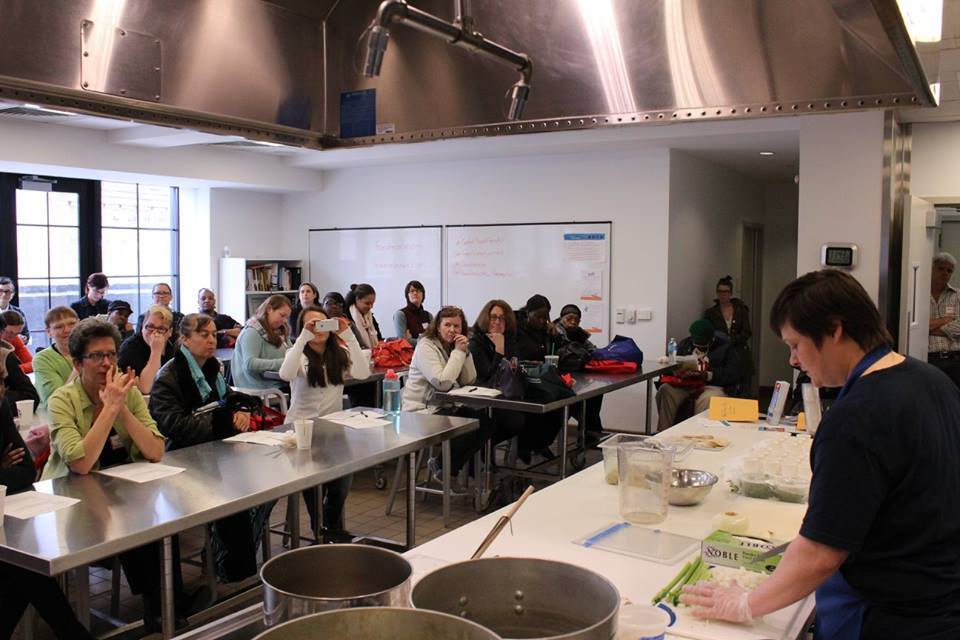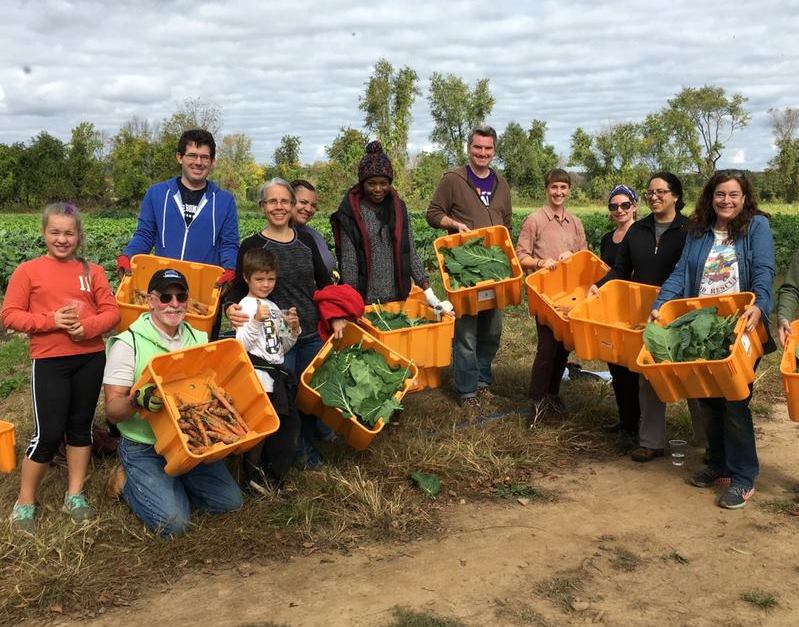A new SNAP form for Pennsylvania seniors got 50% more applications — but it’s not enough
 December 6, 2017
Category: Feature, Featured, Long, Method
December 6, 2017
Category: Feature, Featured, Long, Method
We’re thoroughly entrenched in the holiday season, which brings thoughts of downtime, gifts and — perhaps most importantly — food. But with the recent bad news on poverty in our city, it’s hard not to wonder how Philadelphians will be getting their food this season.
A new report from Hunger Free America shows that Philadelphia’s number of food insecure residents is rising, while the national number has fallen:
- The population of food insecure Philadelphians went from 15.4 percent to 19.3 percent (from roughly 240,000 to over 300,000) between 2011-2016.
- Nationally the food insecure population went from about 14.6 percent to 13 percent in the same time period.
These statistics disproportionately affect the vulnerable, such as children and seniors. The childhood hunger rate tripled between 2006 and 2016 in North Philadelphia; meanwhile, of those aforementioned 300,000 food-insecure Philadelphians in 2016, about 79,000 of them were seniors.
“As costs rise for lots of things, [people are] often squeezed between affording all the things they need, the basics, and medication, and food,” said Kathy Fisher, policy director of the Greater Philadelphia Coalition Against Hunger. “Unfortunately, food is often the first thing people skimp on in order to afford other basics.”
Supplemental Nutrition Assistance Program (SNAP), formerly known as food stamps, is the largest program nationally through which people can increase their food budget. That number can range from $15 to almost $200 a month in benefits for a single-person household, with benefits increasing for every eligible household member.
SNAP eligibility is based on the number of people who reside in your home and prepare and have meals together, as well as your income and resources. While some may recall food stamps as actual stamps you could take to the grocery store, SNAP benefits are accessed through an Electronic Benefits Transfer card that works and looks like a debit card.
In 2016, 46.5 million Americans used SNAP. That might seem like a big number. However, few people are receiving it in comparison to the number of people eligible, especially in certain populations: Only 30 percent of eligible seniors are receiving SNAP.

Coalition Against Hunger’s 2017 Good Food For All Conference at the Free Library. (Photo via facebook.com/hungercoalition)
Pennsylvania’s Department of Human Services released a newly streamlined application in the summer of 2016 targeting seniors and Pennsylvanians with disabilities who receive no income; this version shortens the application to two pages from 24. Additionally, the Elderly/Disabled Simplified Application Process extends the certification period from a year to three years.
In 2015, about 230,000 low-income seniors participated in SNAP in Philadelphia. As of September 2017 over 350,000 seniors statewide had applied for SNAP with the new simplified application — a 52.2 percent increase. Still, this is nowhere close to the numbers that are SNAP-eligible.
“A considerable number of seniors are not getting SNAP, even though they’re eligible for it,” said Louise Hayes, an attorney focused on food insecurity at Community Legal Services. Many people are “not realizing that it’s gotten a lot easier to apply, especially for seniors and people receiving disability benefits.”
Some seniors may also feel there’s a stigma to receiving benefits, Fisher said.
“If seniors grew up or were able to get by when they were working without benefits, they really see it as something that’s not for them, or they feel embarrassed by participating in the program,” she said. “I also think some may have applied or may have looked into the program when it wasn’t the easy application, and are just turned off by the whole process because there’s a lot of documentation you have to submit.”

Coalition Against Hunger at Carversville Farm Foundation. (Photo via facebook.com/hungercoalition; photo has been cropped)
Hayes and Fisher had mixed responses to whether or not the new application has made big changes. Fisher said it’s made the Coalition Against Hunger’s hotline process a little easier, though new applicants don’t realize that; Hayes mentioned that more places, including senior centers, could be making a point to feature the application.
Considering the challenges still facing outreach to seniors, Fisher identified language accessibility as another barrier, as well as reaching seniors in the outer areas of Philadelphia. Hayes, thinking to the future, reminded to keep an eye on national developments on SNAP: Trump has repeatedly threatened to make massive cuts to SNAP in the federal budget, jeopardizing state’s abilities to provide those benefits.
You can apply for SNAP online through COMPASS, the state’s online benefits application portal, via the paper application — available online in English and Spanish — or in person at a county assistance office. You can also apply over the phone with the Coalition Against Hunger’s SNAP hotline. Community Legal Services provides walk-in clinic assistance for those experiencing complications or difficulty accessing their SNAP benefits.
Trending News









